
Nature
22:06, 07-Jan-2019
Life on Plateau: Gold-diggers on the plateau
Updated
21:38, 10-Jan-2019
By Zhao Ying
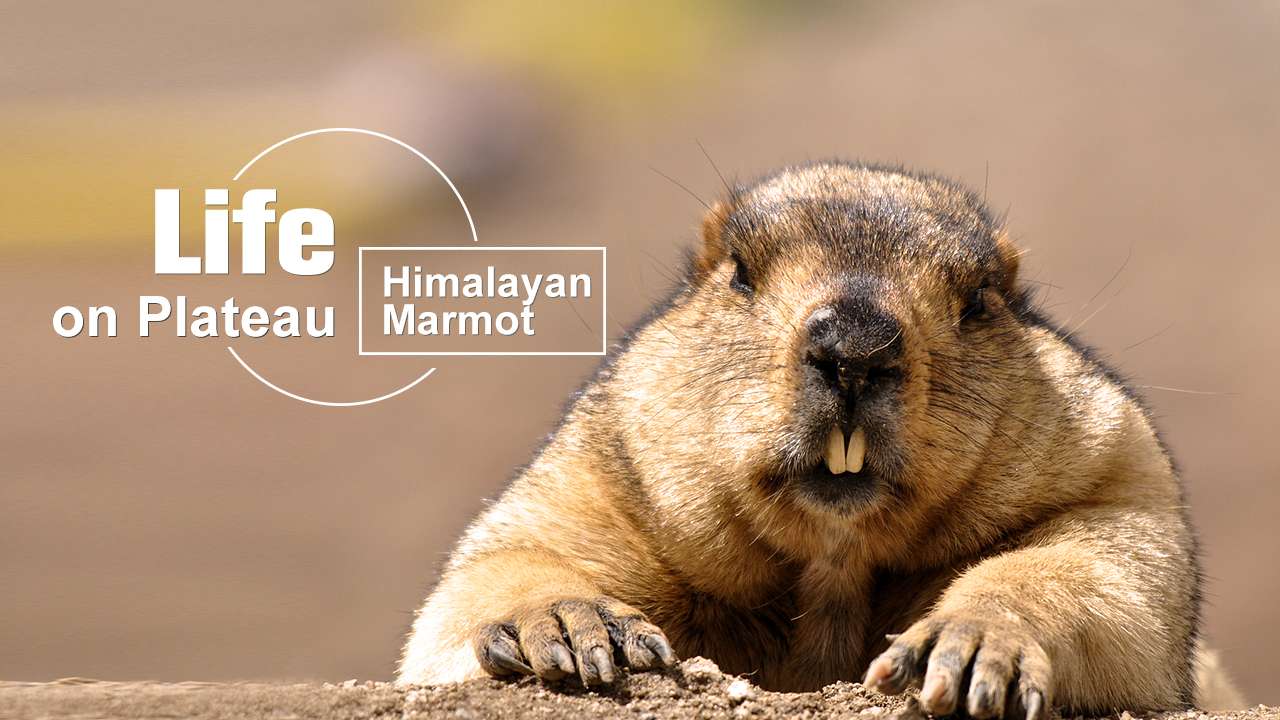
In Histories, the Greek historian Herodotus described a fox-sized “golden ant” that lived in one of the Indian provinces of the Persian Empire. These giant ants would often bring gold dust to the ground while digging their burrows. Later, a French ethnologist reckoned that Himalayan marmots were the gold-digging ants Herodotus referred to.
Wearing a thick dark brown furry coat, stout Himalayan marmots inhabit alpine grasslands throughout the Himalayan regions of India, Nepal, and Pakistan and on the Qinghai-Tibet plateau of China. At altitudes from 3,500 to 5,200 meters, Himalayan marmots are quite at ease while humans mostly feel anoxic and frozen.
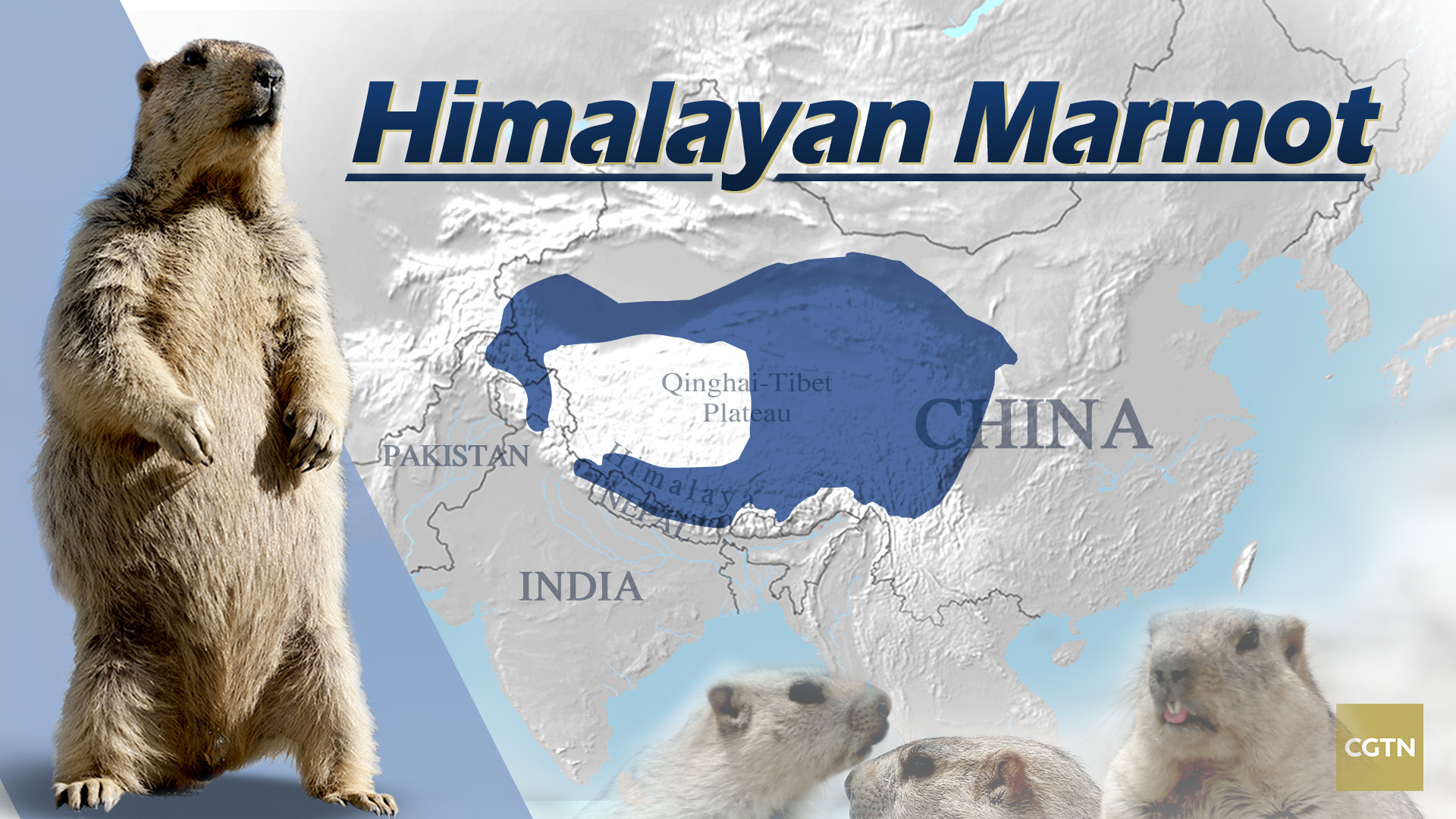
Distribution of Himalayan Marmots /CGTN Photo
Distribution of Himalayan Marmots /CGTN Photo
Recently, Chinese scientists have mapped the first complete genome of Himalayan marmots and identified two genes that facilitate their adaptation to the high-altitude environment such as responding to low oxygen. One gene may have neural protective effects and help regulate their body temperature. The other gene helps prevent the excess growth of new blood vessels under extremely low-oxygen conditions.
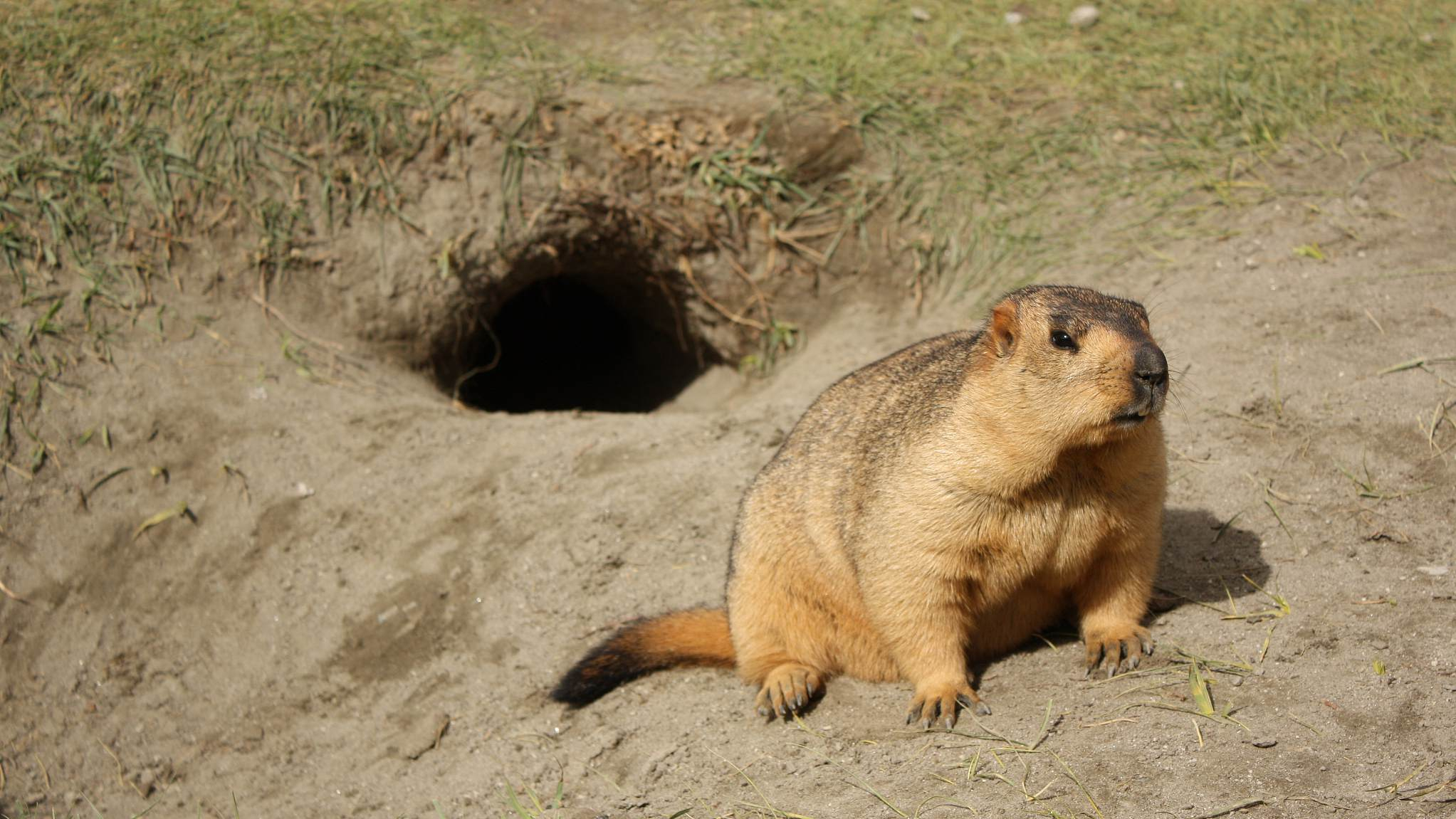
A Himalayan Marmot outside its shelter /VCG Photo
A Himalayan Marmot outside its shelter /VCG Photo
Apart from that, Himalayan marmots also dig exceptionally deep burrows, ranging from two to ten meters to escape the cold winter. During hibernation, they stay in their cozy colonies with families for more than six months. Their body temperature, heart rate and oxygen consumption will all decrease as ways to confront with the extreme environments. They can lose up to half of their body weight during hibernation.
Typically, the hibernating marmots are easy to have blood clots because their brains are exposed to near-freezing temperatures and have decreased blood flow. However, their stem cells show the remarkable capacity to protect their brain from such cold-induced injuries during hibernation and repair injured cells when they wake up. This may be another unusual strategy for them to survive on the plateau.
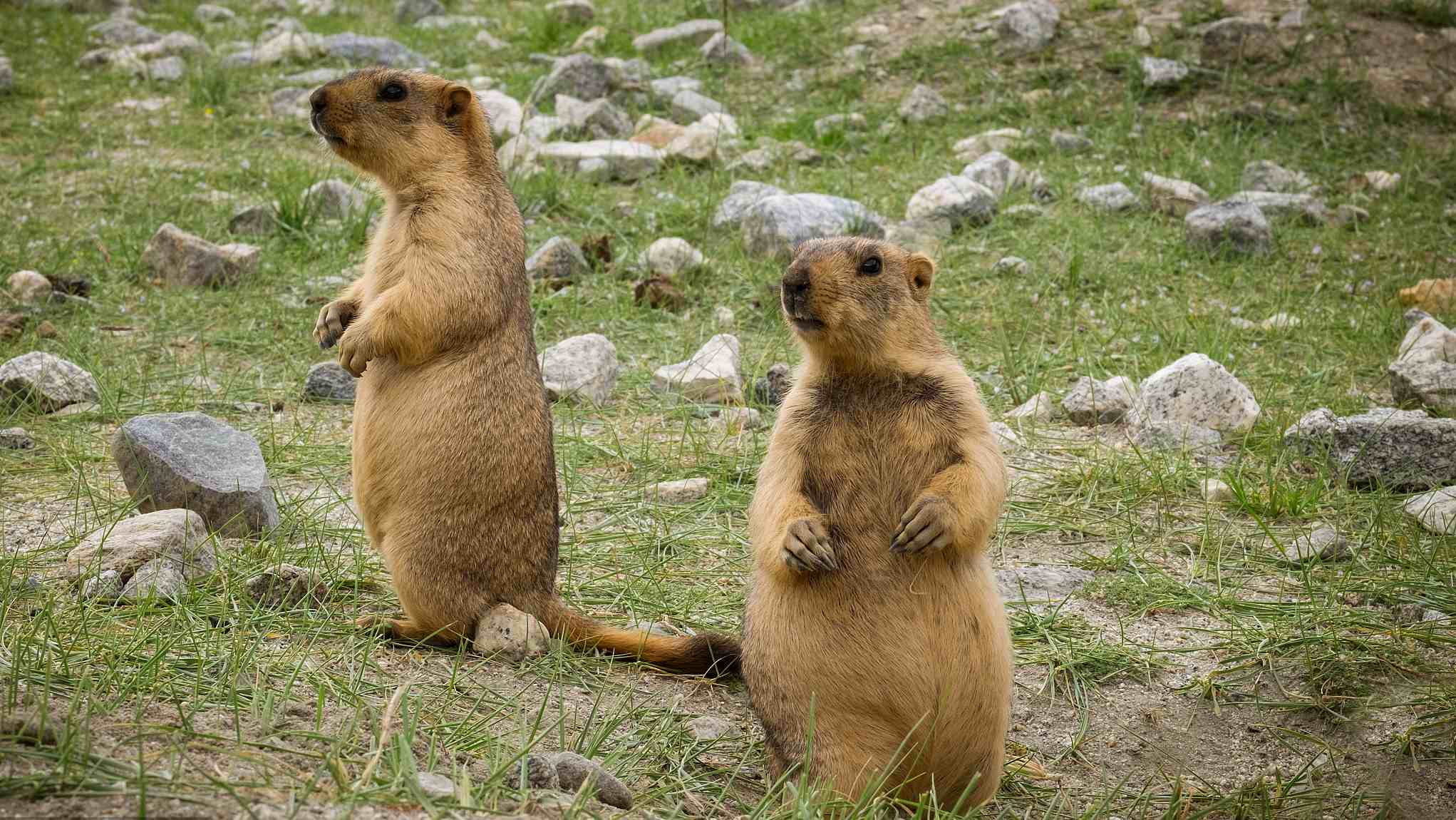
Two Himalayan marmots are standing in the green field. /VCG Photo
Two Himalayan marmots are standing in the green field. /VCG Photo
Listed as a least concern species on IUCN Red List, Himalayan marmots are plentiful on the plateau, and they are important prey for carnivores like the endangered snow leopards, lynx, wolves and golden eagles. They usually stand upright to watch the surrounding alertly and produce alarm calls if they find potential predators.
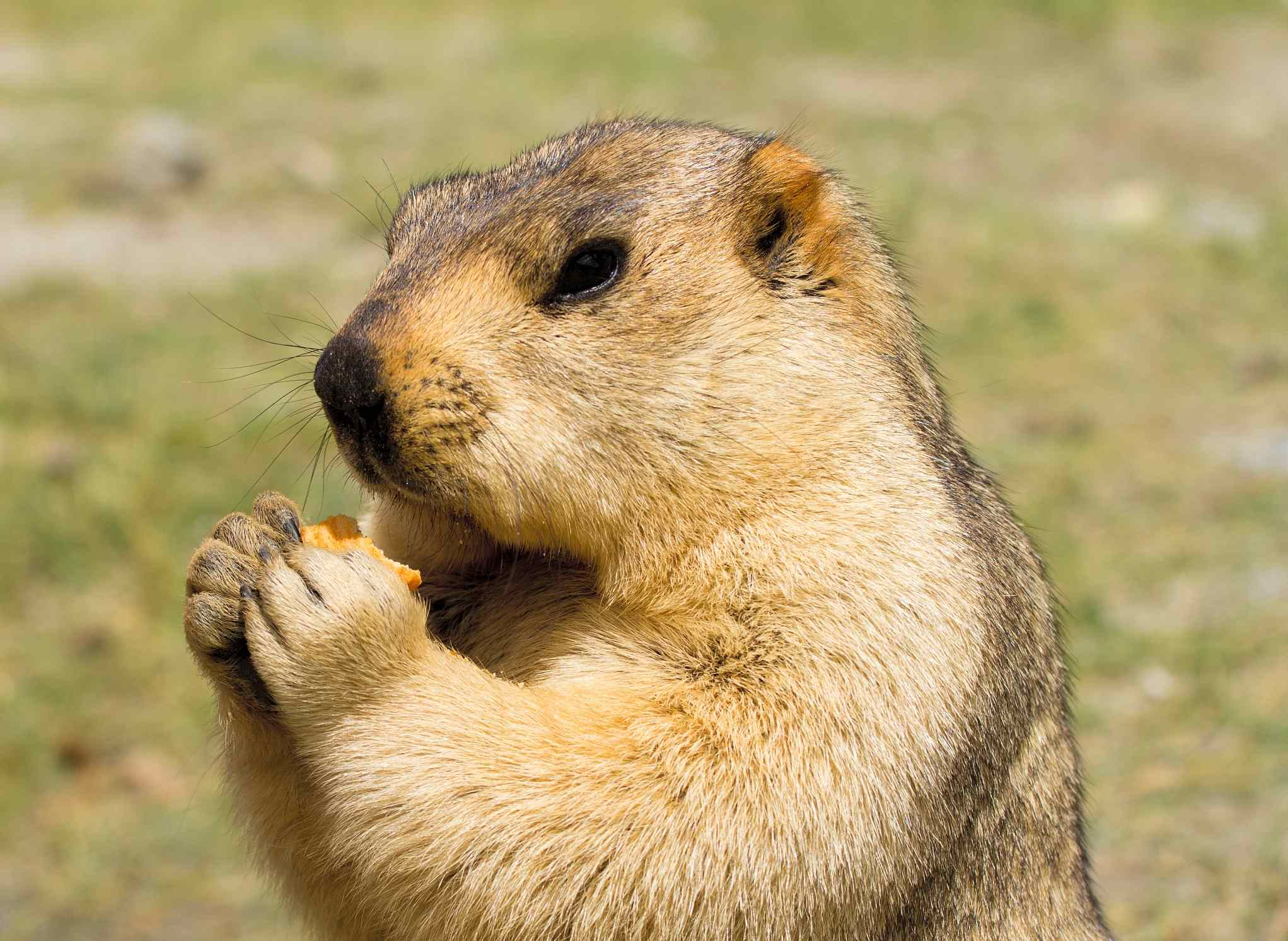
A Himalayan marmot is eating. /VCG Photo
A Himalayan marmot is eating. /VCG Photo
Often seen praying with their claws clasped, Himalayan marmots seem to have fit into the religious atmosphere here. Tibetans affectionately call them snow pigs, and they sometimes feed Himalayan marmots with food. Although the former gold-diggers no longer dig up gold dust nowadays, they still help improve soil aeration and maintain the eco-balance here.

SITEMAP
Copyright © 2018 CGTN. Beijing ICP prepared NO.16065310-3
Copyright © 2018 CGTN. Beijing ICP prepared NO.16065310-3